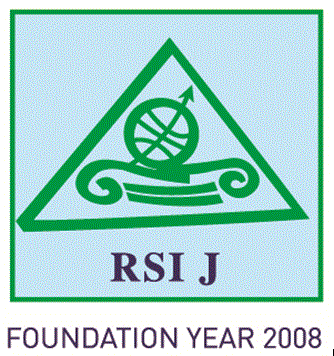Maria ADAMAKOU
PhD Candidate, Department of Planning and Regional Development, University of Thessaly
madamakou@uth.gr
Dimitris KALLIORAS
Professor, Department of Planning and Regional Development, University of Thessaly
dkallior@uth.gr
Abstract
Under the conditions of the rapid market liberalization process that China has been experiencing, questions of spatial cohesion – and thus of convergence and divergence – become increasingly salient. This is so as the elimination of spatial imbalances is both a pre-condition and a core objective of the reforms aiming at market liberalization. The paper aims at detecting trends of convergence among Chinese universities in terms of academic performance. Taking into consideration that within the knowledge-based economy universities are emerging growth determinants, the topic of the paper is extremely important. This is so as the possible prevalence of divergence trends may indicate that the growth impact of Chinese universities is not space neutral. The empirical analysis of the paper covers the period 2018/19-2022/23, utilizes data obtained from the URAP database, and employs the methodological approach of gaps convergence clubs. The findings of the paper provide valuable insight into both theory and policy.
Keywords: Chinese universities, academic performance, gaps convergence clubs
JEL classification: C21, O43, O47
pp. 25-31
